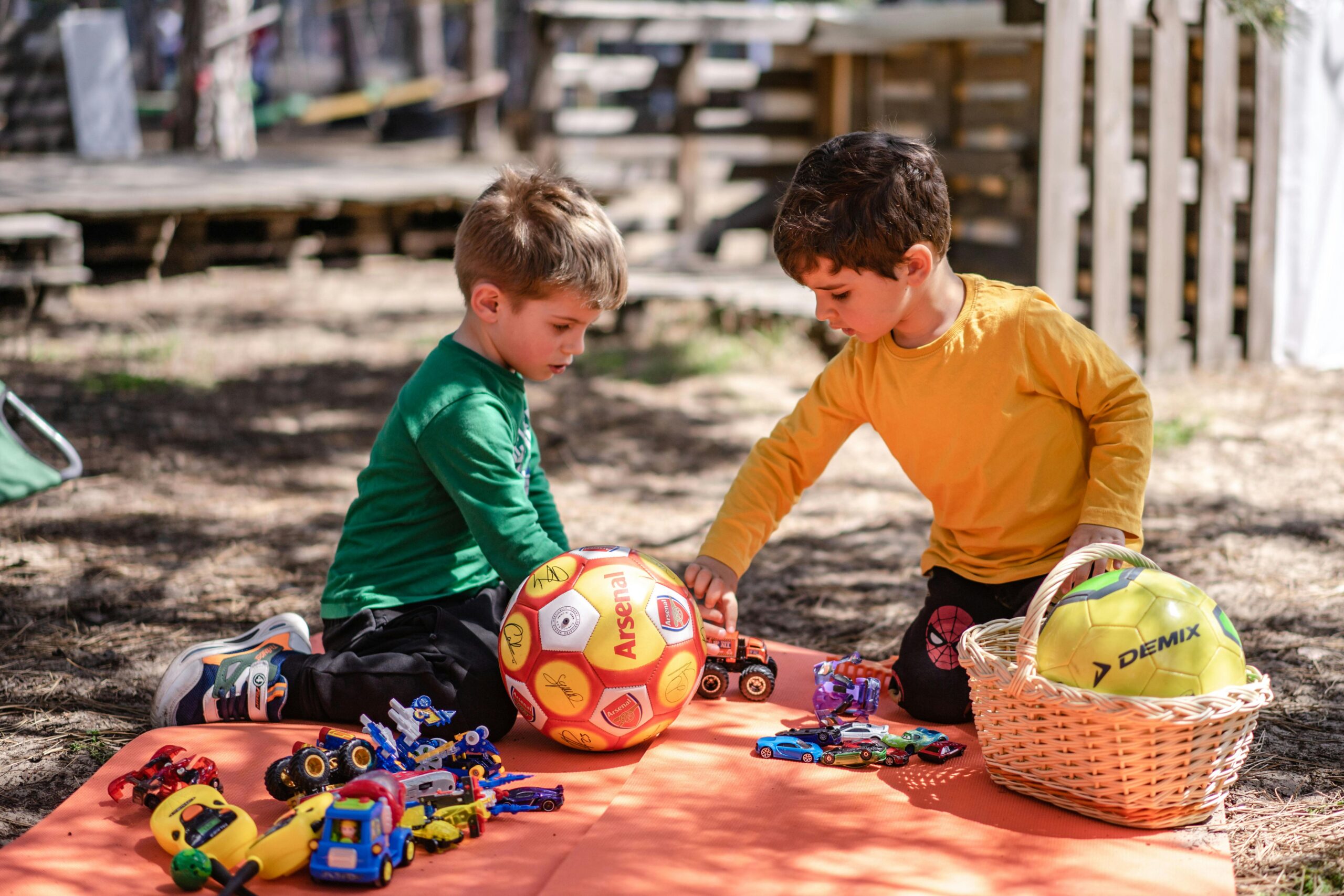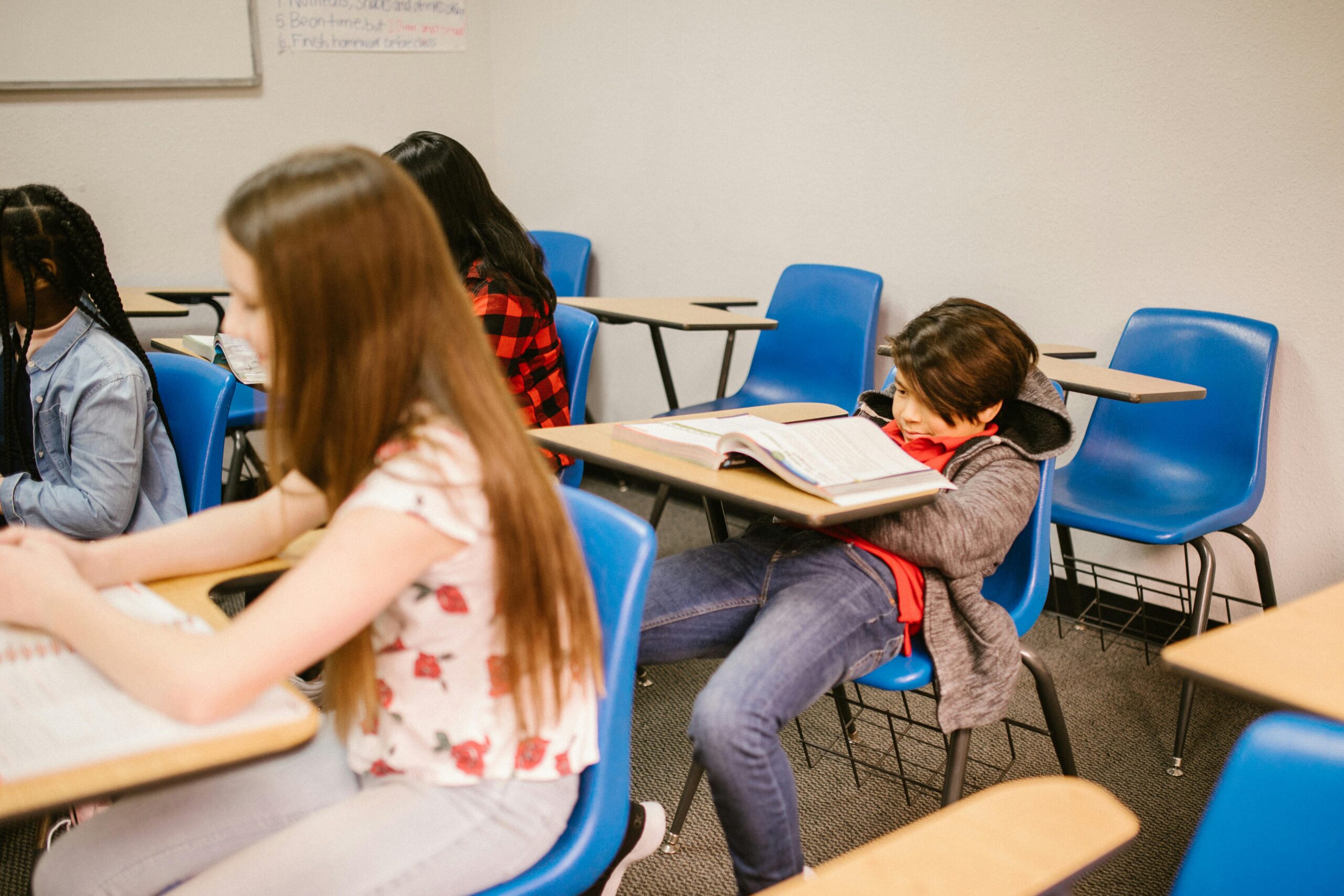There is no doubt that teaching children the importance of gratitude is essential. Gratitude not only nurtures kindness and empathy but also lays the foundation for emotional resilience and overall well-being. As parents, educators, and caregivers, it’s our role to instill this crucial life skill in kids from an early age. This blog will guide you through practical and effective strategies to help foster gratitude in children, creating a ripple effect of positivity that extends beyond the home.
Understanding Gratitude
Gratitude is more than just saying “thank you.” It’s a heartfelt appreciation for the things, people, and experiences that bring joy or benefit to our lives. For kids, this concept might take time to grasp, but with consistent practice, it can become second nature. Research shows that gratitude contributes to improved mental health, stronger relationships, and a more optimistic outlook on life. Teaching children to practice gratitude equips them with tools to navigate life’s challenges with a positive mindset.
Why Gratitude Matters for Kids
Gratitude fosters:
- Emotional Well-being: Grateful children are more likely to be happy, resilient, and less prone to anxiety or depression.
- Improved Relationships: Gratitude helps kids appreciate others, fostering stronger bonds with family, friends, and peers.
- Enhanced Empathy: When children recognize and value others’ efforts, they develop a deeper sense of empathy.
- A Positive Mindset: Gratitude shifts focus from what is lacking to what is present, encouraging a mindset of abundance.
Practical Ways to Foster Gratitude in Kids
Here are some actionable strategies to cultivate gratitude in children:
1. Be a Role Model
Children learn best by observing their parents and caregivers. Express your gratitude openly and consistently. For instance:
- Thank your spouse for cooking dinner.
- Acknowledge the cashier at the grocery store.
- Share moments of gratitude during family meals, such as saying, “I’m grateful for this sunny day.”
When kids see you practicing gratitude, they’re more likely to emulate this behavior.
2. Create a Gratitude Ritual
Incorporate gratitude into daily routines:
- Gratitude Jar: Place a jar in a common area and encourage family members to write down something they’re grateful for each day.
- Bedtime Gratitude: Before sleeping, ask your child to share three things they’re thankful for from the day.
- Thankful Thursdays: Dedicate a day each week to focus on gratitude activities, such as writing thank-you notes or reflecting on blessings.
3. Teach Through Storytelling
Books and stories are powerful tools for teaching values. Choose books that highlight themes of gratitude and kindness, such as:
- The Thank You Book by Mo Willems
- Bear Says Thanks by Karma Wilson
- Last Stop on Market Street by Matt de la Peña
After reading, discuss the story’s message and how your child can apply it in their life.
4. Practice Acts of Kindness
Engaging in acts of kindness helps children understand the joy of giving and receiving. Simple activities include:
- Donating toys or clothes to those in need.
- Writing thank-you notes to teachers or neighbors.
- Volunteering as a family at a local charity.
Through these actions, kids learn to appreciate their blessings and develop a sense of empathy for others.
5. Encourage Mindfulness
Mindfulness practices help kids become more aware of the present moment and appreciate the small things in life. Try:
- Nature Walks: Encourage your child to notice the beauty of flowers, trees, or a gentle breeze.
- Gratitude Breathing: During deep breaths, ask them to think of something they’re grateful for.
- Mindful Journaling: Provide your child with a journal to jot down daily moments of gratitude.
6. Celebrate Efforts, Not Just Outcomes
Teach your child to appreciate the process rather than just the results. For example, if they lose a game, highlight their effort and dedication instead of focusing on the outcome. This approach builds resilience and helps them find gratitude in every experience.
7. Limit Materialism
In a world dominated by consumerism, it’s essential to help kids understand that happiness doesn’t come from material possessions. Encourage:
- Experiences over items, such as family outings or game nights.
- Gratitude for simple joys, like spending time together or enjoying a homemade meal.
When children learn to value experiences and relationships, they’re less likely to equate happiness with possessions.
8. Use Visual Reminders
Visual cues can reinforce gratitude in daily life. Create:
- Gratitude Boards: A family board where everyone pins pictures or notes of things they’re thankful for.
- Thankfulness Trees: Draw a tree and add leaves with written blessings each day.
- Post-it Notes: Stick grateful messages on mirrors, doors, or lunchboxes.
9. Involve Kids in Family Contributions
When children contribute to household tasks, they’re more likely to appreciate the effort behind what they receive. Assign age-appropriate chores, such as:
- Setting the table.
- Helping prepare meals.
- Watering plants or tidying their room.
Acknowledging their contributions also reinforces the importance of teamwork and mutual respect.
10. Celebrate Cultural and Religious Practices
Many traditions emphasize gratitude through prayers, rituals, or festivals. Teach kids the significance of these practices and how they foster appreciation for life’s blessings.
Overcoming Challenges in Teaching Gratitude
Teaching gratitude isn’t always easy. Children, especially younger ones, may struggle to grasp the concept initially. Here are some tips to navigate challenges:
- Be Patient: Gratitude takes time to develop. Celebrate small wins and progress.
- Avoid Forcing It: Encourage gratitude naturally without making it a chore.
- Adapt to Age: Tailor gratitude practices to suit your child’s developmental stage. For example, toddlers might use simple words like “thank you,” while older kids can engage in reflective journaling.
- Address Entitlement: If your child displays entitlement, gently discuss the importance of appreciating what they have and considering others’ efforts.
The Long-term Benefits of Gratitude
Fostering gratitude in kids has lifelong benefits, including:
- Stronger Relationships: Grateful individuals tend to form deeper connections.
- Better Problem-Solving: Gratitude promotes a positive outlook, aiding in effective decision-making.
- Healthier Lifestyle: Grateful people are more likely to adopt healthy habits and manage stress better.
- Career Success: Gratitude fosters teamwork, leadership, and perseverance, essential traits for professional growth.
Final Thoughts
Gratitude is a gift that keeps on giving. By teaching children to appreciate life’s blessings, big or small, you’re equipping them with a powerful tool for happiness and resilience. Remember, fostering gratitude is a journey, not a destination. Celebrate the little moments, be consistent in your efforts, and watch as your child blossoms into a kind, empathetic, and grateful individual.
Start today—one thankful thought at a time!



